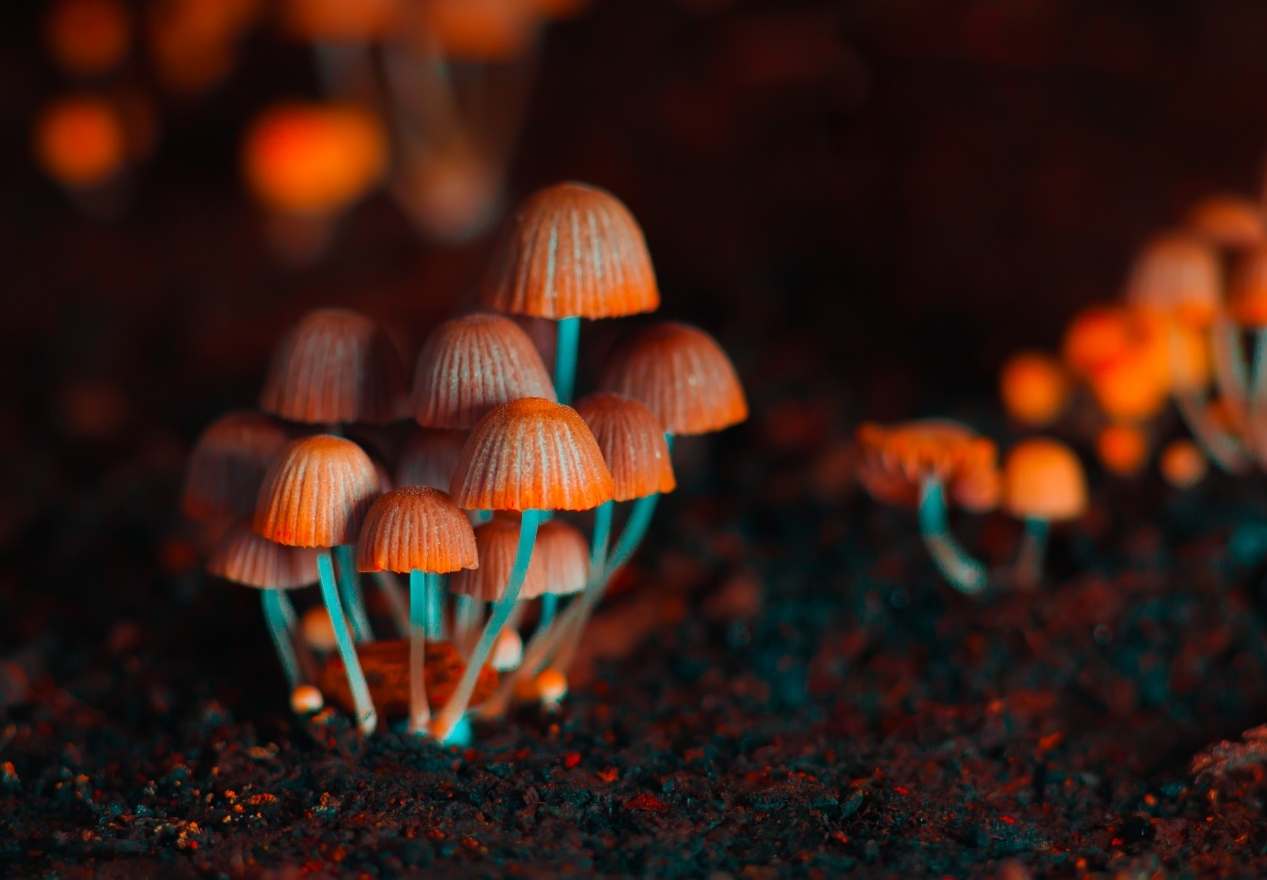A California Assembly Committee approved a bill to legalize possession of psychedelics, clearing the first major hurdle in the chamber. The full Senate approved the bill earlier this month, but it now has two more Assembly panel steps before moving to the floor and then hopefully the Governors desk.
If the bill clears the Assembly, it is currently unclear whether Gov. Gavin Newsom will sign it. However, Gov. Newsom is an outspoken critic on the war on drugs, so it is hopeful.
What are psychedelics?
Psychedelics are potent psychoactive chemicals or plants that can alter a person’s perception, mood, and cognitive processes.
Their use goes as far back as ancient times with archaeologists confirming their use in ancient ritual and ceremonial context. The earliest evidence of psychedelic use can be found in a cave in the Tassili-N-Ajjer region of the Sahara desert, Algeria.
Some native tribes still use them in their ceremonies today.
Psychedelic’s therapeutic potential was first recognized by scientists in the mid-20th century.
The word psychedelics was first coined in 1957 to identify drugs that reveal useful aspects of the mind. In more recent years scientists have started to refer to those compounds as entheogens. One of the driving factors behind this name change is due to the socially negative impact the term psychedelics have due to the war on drugs.
In the 1950’s and 60’s over 1,000 clinical studies were performed through psychedelic therapy that showed assorted medical benefits they could potentially offer.
However, with the introduction of the Controlled Substances Act in 1970 psychedelics among many other substances were no long being researched due to the stigma of being illegal.
Thanks to the resurgence in social acceptance and legalization of cannabis, momentum on psychedelic research has picked up. Scientists are exploring the many ways these compounds can heal and help.
Recent research has shown promise in using psychedelics to treat:
- Substance dependency
- PTSD
- Depression
- Anxiety
- Help with end-of-life care
What is SB 519?
SB 519 is a bill that focuses on decriminalization and ending the war on drugs. It specifically looks to:
- legalize the possession and consumption of psychedelics
- to remove criminal penalties for possession or sharing for adults over the age of 21
- Establish a commission charged with producing recommendations to the Legislature regarding which regulatory system it recommends California adopt for maximized health and safety.
The bill was co-authored by Assembly members Evan Low, Sydney Kamlager and Bill Quirk.
Senator Scott Wiener sponsored the legislation and held rallies to build support for the bill with military veterans, law enforcement and health officials. When asked why he supported such a bill he said,
“Do we believe that we should be arresting someone because they possess psychedelics for personal use? I don’t think we should. Frankly, I think most people don’t think we should be doing that.”
Under SB 519, the state Department of Public Health would be required to establish a working group “to study and make recommendations regarding possible regulatory systems that California could adopt to promote safe and equitable access to certain substances in permitted legal contexts.” Those recommendations would be due by January 1, 2024.
Some of the substances the bill looks to decriminalize are:
- Psilocybin
- Psilocyn
- Methylenedioxymethamphetamine (“MDMA”)
- Lysergic acid diethylamide (“LSD”)
- Dimethyltryptamine (“DMT”)
- Mescaline (excluding peyote)
- Ibogaine
A well-known substance NOT on the list of suggested substances to decriminalize is Mescaline.
Mescaline is a psychoactive compound derived from peyote and other cacti. It was specifically excluded from the bill’s reform provisions in peyote-derived form, but the possession of the compound would be allowed if it comes from other plants such as the “the Bolivian Torch Cactus, San Pedro Cactus, or Peruvian Torch Cactus.” This decision was made to honor the native groups who have strongly pushed back against decriminalizing the cacti for conservationist reasons and because it is sacred to their communities.
Why Are Previous Illegal Substances Become Legal?
During the 1960s the federal government decided to stop research into the safety and usefulness of certain substances and began efforts to eliminate them across the country.
In 1972 President Richard Nixon officially declared a war on drugs.
Because of the war on drugs the number of people jailed for nonviolent drug offenses exploded from 50,000 in 1980 to more than 400,000 in 1997.
When President Ronald Reagan launched his “Just Say No” campaign, zero-tolerance policies and mandatory minimum sentences were created, resulting in more severe penalties for drug-related offenses.
The war on drugs has historically focused on punishing people instead of helping and treating people causing a vicious cycle of crime, corruption, criminalization, and media hysteria. Prison populations soared, while investments in treatment and rehabilitation were reduced dramatically or stopped completely.
“We’ve been trying to arrest our way out of drug use and addiction for 50 years, and it hasn’t improved anything whatsoever. People are still using. People are still getting addicted—not to psychedelics, because these are generally not addictive, but to other drugs. And all we’ve done is fill up our prison with drug crimes, and we’re not safer and we’ve just spent a whole lot of money.” – Senator Weiner
If SB 519 was made into law, it will be another step in ending the failed war on drugs and expanding access to mental health and addiction treatment.





No Comments